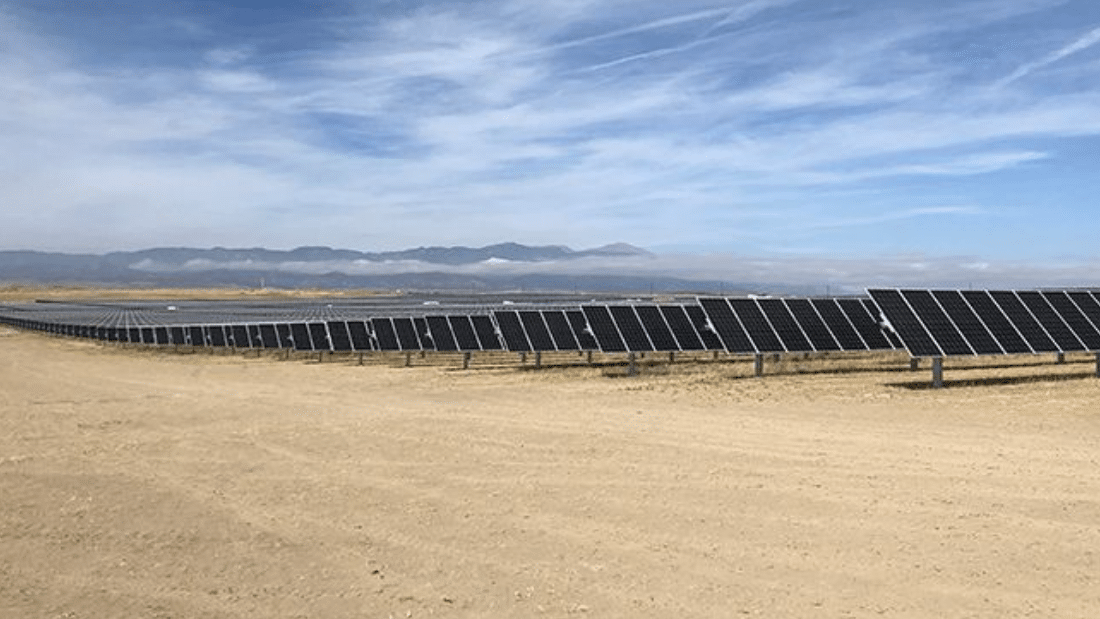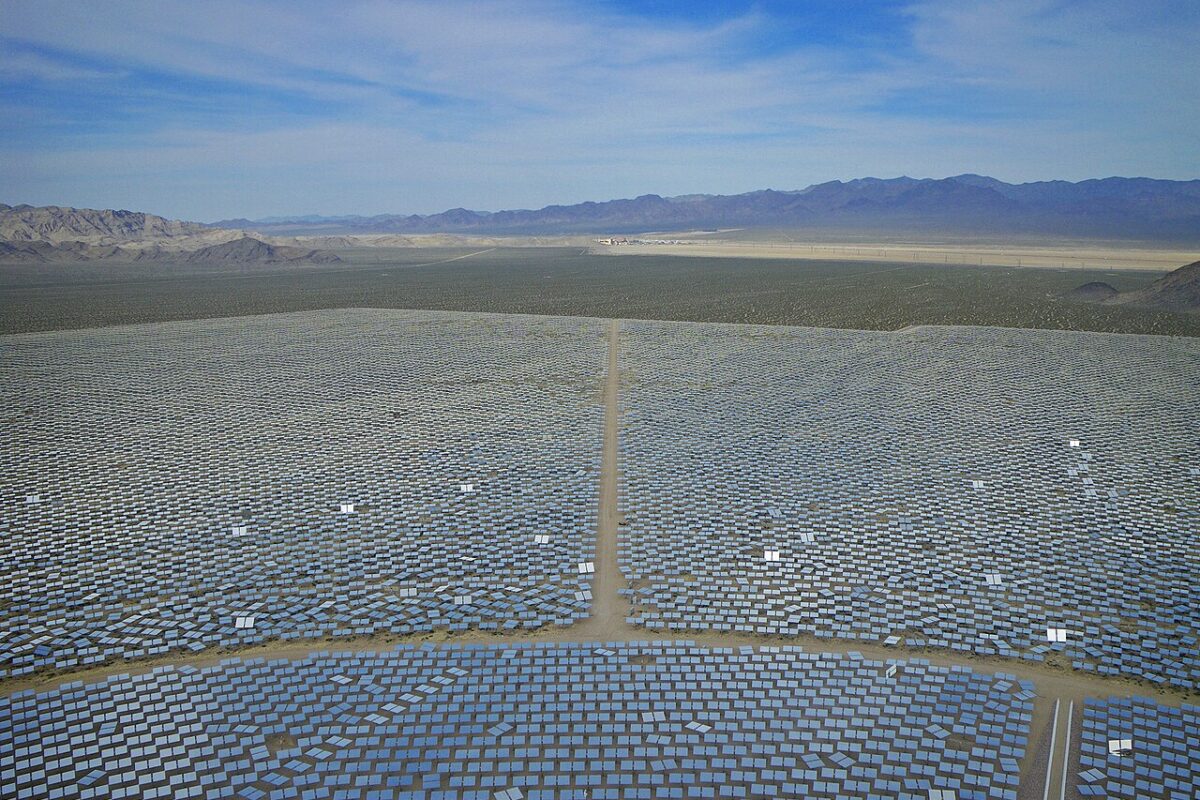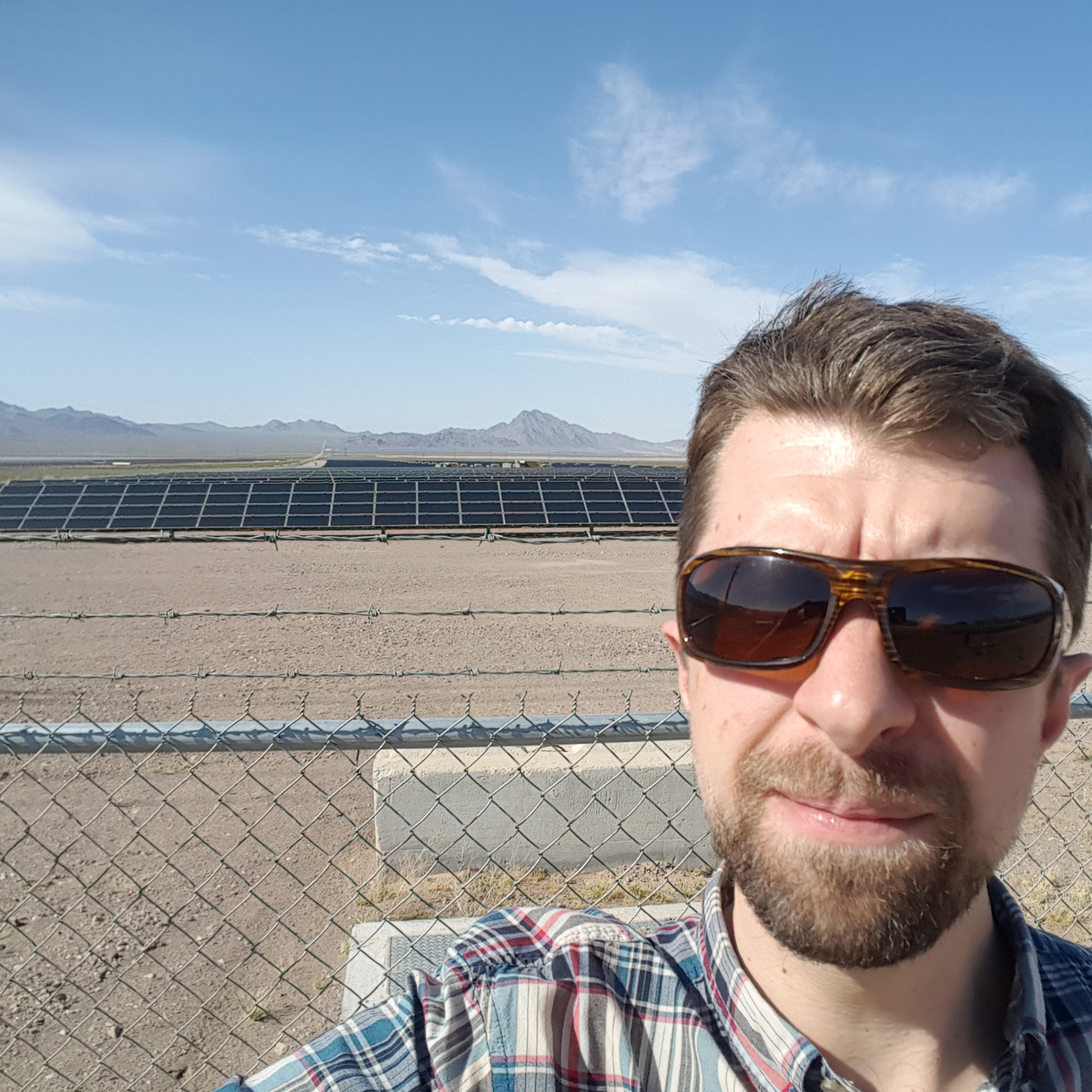Duke Energy Sustainable Solutions (DESS), the nonregulated commercial renewables business of utility Duke Energy, completed construction of Pisgah Ridge Solar, a 250 MW utility-scale solar project in Navarro County, Texas.
Pisgah Ridge Solar will generate approximately 200,000 MWh of electricity per year for Meijer, a midwestern retail company which will receive 83 MW of the project’s offtake capacity. The decarbonization of Meijer’s operations is the equivalent of taking 20,000 vehicles off the road. Meijer holds a 15-year power purchase agreement (PPA) for energy produced by the Texas solar facility.
Charles River Laboratories is another corporate offtaker on the project, which signed on for 102 MW of the project’s generating capacity for 15 years. Meijer splits the rest with one other corporation, which has not been revealed.
“Charles River has committed to sourcing 100% of our global electricity needs through renewable sources by 2030,” said Gregg Belardo, executive director of EHS & sustainability at Charles River. “Our VPPA with Duke provides coverage for our North American facilities and moves us significantly closer to that global goal.”
Duke worked with engineering and construction contractor Moss & Associates for construction of the west Texas solar project.
Major utility Duke Energy recently announced plans to phase out coal use by 2035. Duke aims for 50% carbon reductions by 2030 and zero-carbon by 2050. Its subsidiary Duke Energy Sustainability Solutions operates 500MW of solar and a 36MW battery storage facility in Texas. Duke Energy said it plans to double its enterprise-wide renewable portfolio from 8 GW to 16 GW by the end of 2025.
Currently Duke Energy’s Texas-based commercial renewables portfolio includes close to 1.5 GW of wind, 750 MW of solar and a 36 MW battery storage facility.
Along with indirect economic benefits that accompany solar project development, such as increased local spending in the service and construction industries, the Pisgah Ridge Solar facility will also have a positive economic impact on the local community by providing significant tax revenues for the Corsicana Independent School District.
The U.S. utility solar market was beset by project delays over 2022, with Uyghur Forced Labor Prevention Act (UFLPA) panel ban enforcement causing widespread module detentions as the industry scrambled to develop quartzite sourcing documentation. The anti-circumvention investigation by the Department of Commerce froze project installations and power purchase agreement negotiations, as 85% of total module imports could be subject to tariffs of up to 240%.
Wood Mackenzie anticipates another 2.8 GWdc of utility-scale solar will come online this year, increasing the 2022 outlook to 10.3 GWdc. After this year, IRA-driven demand and supply normalization will boost the utility-scale sector to 150 GWdc of installations through the forecast period.
The research agency said it expects Texas to account for 5.1 GWdc of solar developments this year, of which 4.4 GWdc will come from the utility-scale solar, Matthew Sahd, an energy transition analyst at Wood Mackenzie, told pv magazine USA.
This content is protected by copyright and may not be reused. If you want to cooperate with us and would like to reuse some of our content, please contact: editors@pv-magazine.com.









By submitting this form you agree to pv magazine using your data for the purposes of publishing your comment.
Your personal data will only be disclosed or otherwise transmitted to third parties for the purposes of spam filtering or if this is necessary for technical maintenance of the website. Any other transfer to third parties will not take place unless this is justified on the basis of applicable data protection regulations or if pv magazine is legally obliged to do so.
You may revoke this consent at any time with effect for the future, in which case your personal data will be deleted immediately. Otherwise, your data will be deleted if pv magazine has processed your request or the purpose of data storage is fulfilled.
Further information on data privacy can be found in our Data Protection Policy.